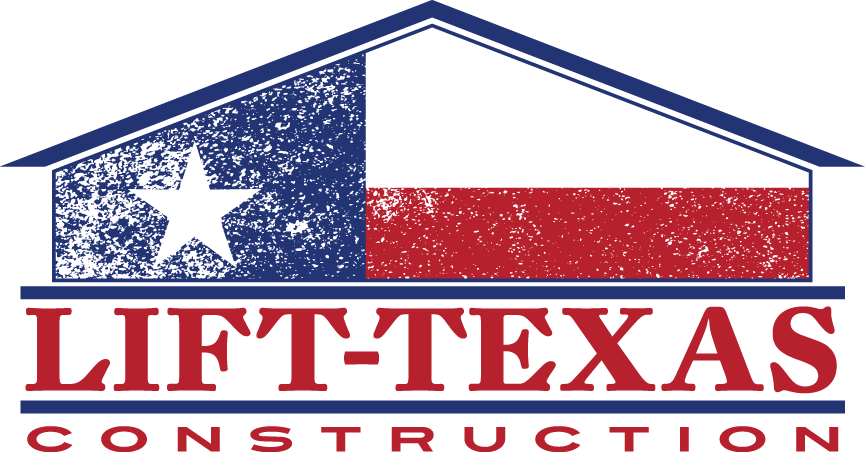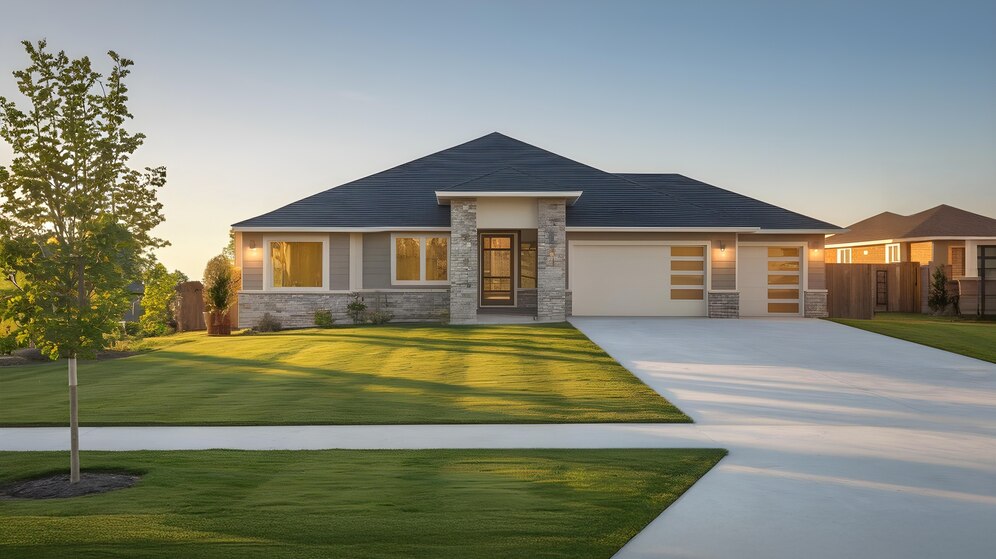A sinking driveway can seem like a minor annoyance at first, but it can quickly become a significant issue if left unaddressed. This problem, often found in many homes, can create uneven surfaces that pose tripping hazards, make driving into your garage a challenge, and even damage your vehicle. Understanding the common causes behind a sinking driveway is the first step in tackling it effectively. Factors like soil erosion, improper soil compaction during construction, or poor drainage can all contribute to the ground beneath your driveway giving way. These elements are particularly common in areas like DFW, where weather patterns can intensify the situation.
Handling a sinking driveway promptly is crucial for more than just maintaining your home’s aesthetics. It’s about preventing further damage that could cost a fortune to repair. Often, homeowners consider quick fixes such as patching, believing these will immediately resolve the issue. However, while patching may offer temporary relief, it doesn’t address the underlying causes. This can lead to recurring problems and potentially larger issues down the road. Recognizing the difference between short-term patches and long-term solutions is key to ensuring your driveway’s longevity and safety.
Why Patching Isn’t Enough for a Sinking Driveway
Patching involves applying a new layer of concrete or a concrete mixture over the existing surface to smooth out visible cracks or uneven spots. It’s like putting a bandage on a wound. It might cover the problem temporarily, but it doesn’t heal it. Many homeowners opt for patching, thinking it’s a quick and cost-effective solution to their sinking driveway woes. However, this method only addresses the surface appearance, leaving the deep-seated issues untouched.
The critical reason patching falls short is that it fails to address the underlying problems causing the driveway to sink in the first place. Without tackling the root cause, like issues with soil stability or water drainage, any repairs you make will likely be temporary. Over time, the patched areas can become uneven again as the ground continues to shift underneath. Furthermore, repeated patching can lead to an unsightly, uneven surface over the years, which can detract from your home’s curb appeal.
Instead of relying solely on patching, it’s important to explore more comprehensive solutions that handle the underlying causes. Addressing soil and drainage problems head-on can prevent future sinking, offering a more permanent fix. By doing so, you not only enhance the safety and appearance of your driveway but also protect your investment in the long term. Taking the time to understand and fix the root causes will save both time and money.
The Real Causes Behind a Sinking Driveway
When you notice your driveway sinking, it’s crucial to dig deeper (figuratively speaking) into what’s really happening. There are several common culprits that lead to a sinking driveway, and understanding them can help you seek the right solutions.
1. Soil Erosion: Over time, water runoff from rain or sprinklers can wash away the soil underneath your driveway. This erosion creates gaps and voids, which lead to the sinking you see on the surface.
2. Poor Soil Compaction: Driveways are often built on compacted soil, but if the initial compaction wasn’t done effectively, the soil can settle unevenly. This improper base preparation can be a primary reason for a driveway starting to sink.
3. Water Drainage Issues: Ineffective drainage systems can allow water to collect under your driveway, causing the soil to become soft and unstable. Proper drainage is essential in regions like DFW, where heavy rain is common, leading to recurring problems for homeowners.
In DFW, the soil’s clay composition can cause additional challenges. Clay expands and contracts with moisture levels, exacerbating sinking issues when not managed correctly. Understanding these causes highlights the importance of looking at the bigger picture, rather than opting for quick but ineffective fixes. Addressing these foundational issues with expert help can offer a long-lasting solution to your sinking driveway problem.
Effective Solutions to Fix a Sinking Driveway
To truly solve the problem of a sinking driveway, it’s important to tackle the contributing factors head-on rather than just the surface level. One of the foremost solutions is ensuring proper drainage around your driveway. This involves directing water away from the area, either through sloping the surface or installing drainage systems like trenches or French drains. Maintaining effective drainage prevents water from seeping into the soil beneath, which in turn helps keep the soil firm and intact.
Soil stabilization is another effective approach. This involves enhancing the ground’s ability to support weight without shifting. Techniques like injecting polyurethane foam or using slab jacking help in reinforcing the existing base. These methods fill voids and stabilize the soil, preventing it from eroding further when exposed to water. Polyurethane foam, in particular, can be advantageous for quick and efficient settling correction, as it expands and hardens quickly.
Professional concrete leveling is an essential part of achieving a long-lasting solution. Instead of adding new layers over problem areas, leveling adjusts the existing concrete to correct uneven surfaces. This process involves lifting the concrete to match the original height by injecting materials beneath it, ensuring a stable and even surface. By seeking professional services, you’ll have access to skilled expertise that recognizes the nuances of local soil conditions, especially in areas like DFW. Concrete experts offer solutions that address sinking directly rather than superficially.
Preventive Measures for Driveway Stability
After you’ve addressed the immediate issues, taking preventive steps can go a long way in maintaining the stability of your driveway. Here are some practical strategies to consider:
- Regular Inspection: Make it a habit to inspect your driveway for early signs of sinking or cracking. Catching these signs early means you can address them before they become major issues.
- Maintaining Drainage Systems: Regularly clean and check drainage systems to ensure they’re working effectively. Blocked or damaged drainage can contribute to water pooling and erosion beneath the driveway.
- Mind Contour Landscaping: Ensure your landscaping directs water away from your driveway. Avoid planting water-loving plants too close to the edges, as their extensive root systems might disturb the soil stability beneath.
These measures, carried out regularly, will help keep your driveway stable and even. Combined with professional repair methods, they contribute significantly to preventing future problems.
Ensuring Driveway Stability for the Long Term
Addressing the causes of a sinking driveway not only resolves the immediate inconvenience but also lays the groundwork for future stability. Taking these steps ensures you won’t be revisiting the same issue repeatedly, saving both money and effort. Enhanced stability markedly improves the safety of your home environment while maintaining your property’s value and curb appeal.
Acting proactively by implementing long-term solutions and preventive measures is key to keeping your driveway in top condition. With consistent care and attention to factors like drainage and soil condition, your driveway can remain level and reliable for years to come. Embrace a maintenance routine, and when needed, don’t hesitate to consult experts who can guide you through the process with their knowledge and experience. This approach not only resolves current problems but also provides peace of mind, knowing that your driveway will withstand the test of time and elements.
If you’re ready to tackle the underlying issues of a sinking driveway once and for all, consider the expertise offered by Lift-Texas Construction. Our professional techniques in sinking driveway repair are tailored to address these problems effectively, ensuring long-lasting durability. Don’t let water drainage and soil compaction issues disrupt your property’s safety and appearance any longer. Reach out today to explore how we can help maintain the stability and appeal of your driveway.

